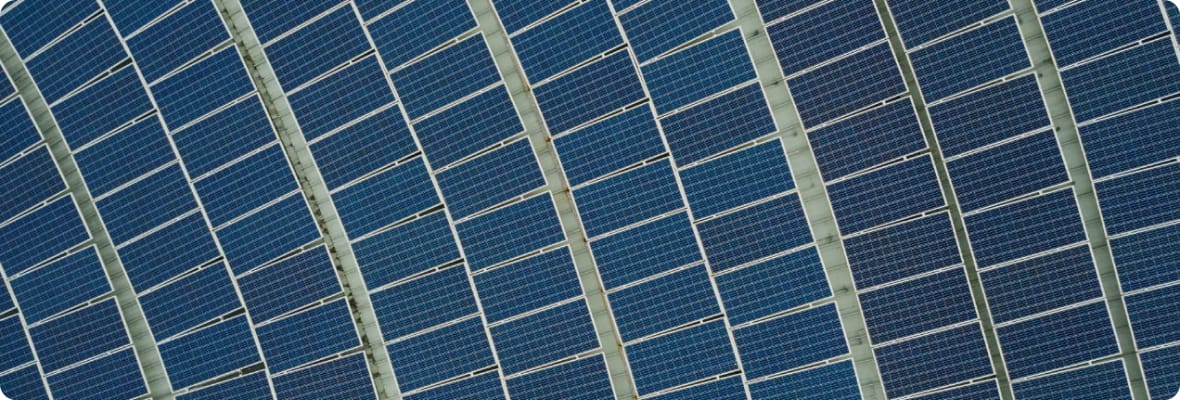Resilient Energy Infrastructure: Mitigating the Risks of Climate-Related Disasters

In an era marked by increasing climate instability and extreme weather events, the need for resilient energy infrastructure has never been more apparent. Climate-related disasters, such as hurricanes, wildfires, and floods, pose significant risks to traditional energy systems, disrupting supply chains, causing power outages, and exacerbating the impacts of natural disasters on communities and economies. In response to these challenges, the concept of resilient energy infrastructure has emerged as a critical strategy for mitigating the risks associated with climate change and building a more sustainable and secure energy future.
Continued Growth
Understanding Resilient Energy Infrastructure: Resilient energy infrastructure refers to energy systems designed to withstand and recover from disruptions caused by climate-related disasters. Unlike traditional centralized energy grids, which are vulnerable to single points of failure and susceptible to widespread outages, resilient energy infrastructure employs decentralized, distributed energy resources, such as solar panels, wind turbines, and energy storage systems, to enhance reliability, flexibility, and resilience.
Technological Innovation
Key Components of Resilient Energy Infrastructure: Resilient energy infrastructure encompasses a range of technologies and strategies aimed at enhancing the resilience of energy systems. These include microgrids, which enable localized energy generation and distribution, backup power systems, such as battery storage and diesel generators, demand response programs, which allow consumers to adjust their energy usage in response to grid conditions, and grid modernization initiatives, such as smart meters and advanced sensors, to improve monitoring and control capabilities.
Integration with Energy Storage
Benefits of Resilient Energy Infrastructure: The adoption of resilient energy infrastructure offers numerous benefits for communities, businesses, and governments. By reducing the likelihood and impact of power outages during climate-related disasters, resilient energy systems enhance energy security, protect critical infrastructure, and ensure continuity of essential services, such as healthcare, emergency response, and communication. Additionally, resilient energy infrastructure can contribute to economic development, job creation, and environmental sustainability by promoting renewable energy deployment and reducing greenhouse gas emissions.
Policy Support and Market Growth
Challenges and Barriers: Despite the clear benefits of resilient energy infrastructure, several challenges and barriers hinder its widespread adoption. These include regulatory and policy barriers, such as outdated regulations and insufficient incentives for investment in resilient energy technologies, financial constraints, which limit funding for infrastructure upgrades and improvements, and technical challenges, such as interoperability issues and integration with existing energy systems. Addressing these challenges will require coordinated efforts from policymakers, industry stakeholders, and community leaders to develop supportive policies, mobilize funding, and promote innovation in resilient energy technologies
Emerging Markets and Global Expansion
Path Forward: Building resilient energy infrastructure requires a comprehensive and multi-faceted approach that integrates technological innovation, policy reform, and community engagement. Policymakers can play a critical role in supporting the transition to resilient energy systems by enacting legislation and regulations that incentivize investment in resilient infrastructure, streamline permitting processes, and promote collaboration between public and private sector stakeholders. Industry stakeholders, including energy providers, technology developers, and investors, must continue to invest in research and development, pilot projects, and demonstration initiatives to advance resilient energy technologies and solutions. Finally, community engagement and public awareness efforts are essential for building support and fostering resilience at the local level, empowering communities to become active participants in the transition to a more resilient and sustainable energy future.
In conclusion, resilient energy infrastructure represents a proactive and holistic approach to addressing the challenges of climate change and enhancing the resilience of energy systems in the face of increasing climate-related risks. By embracing resilient energy solutions, communities, businesses, and governments can build a more secure, sustainable, and resilient energy future for generations to come